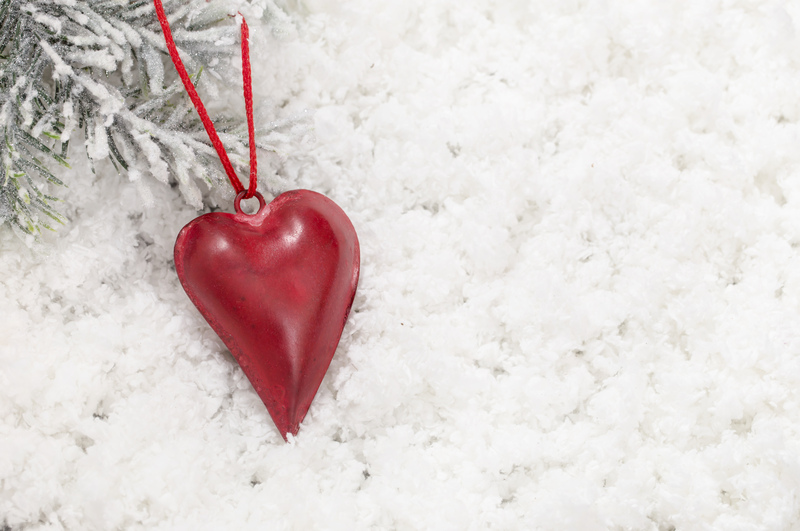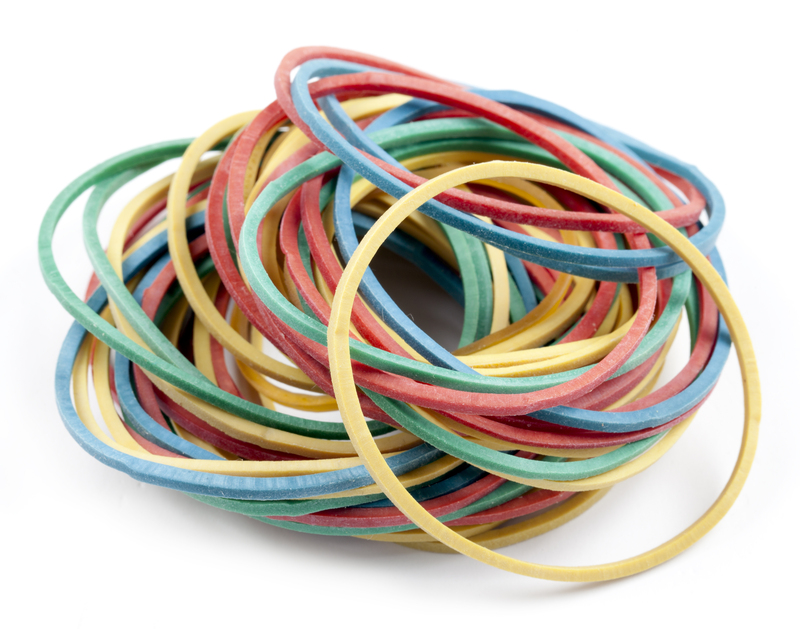Turning Discarded Objects into Unique Works of Art with Upcycling
Upcycling has taken the creative and eco-conscious world by storm. It transforms what some may call "junk" into fascinating new treasures, merging sustainability with outstanding creativity. But what does it truly mean to turn discarded objects into unique works of art with upcycling? Let's explore the endless possibilities of artistic upcycling, uncover inspiring ideas, and highlight how anyone--from amateur crafters to professional artists--can tap into the boundless potential of repurposed materials.

What is Upcycling? Understanding the Concept
Upcycling is the process of creatively reusing and transforming discarded objects and materials into new items of higher value--often for artistic, practical, or decorative purposes. Not to be confused with recycling, which typically breaks down materials to create something new, upcycling preserves the original form or enhances it, often retaining or elevating its original charm.
- Upcycling focuses on adding value, function, or aesthetic appeal.
- It minimizes waste by keeping objects out of landfills.
- Creativity and sustainability are at the heart of every upcycled piece.
With growing environmental concerns and a global shift towards more eco-friendly living, upcycling has become not just a trend but a significant movement in the realms of art, design, and everyday living.
Why Turn Discarded Objects into Art?
Upcycled art is more than just sustainable; it offers a myriad of other rewards for both creators and viewers:
- Environmental Impact: Upcycling reduces waste and the need for new materials, helping to conserve natural resources.
- Creativity Unleashed: Working with unusual, everyday materials can challenge and ignite the imagination.
- Unique Aesthetics: No two upcycled artworks are ever alike; each piece holds a story and character shaped by its past life and creative transformation.
- Affordability: Using found or discarded materials lowers the cost of art-making.
- Community Connection: Upcycled art often brings people together--through workshops, exhibitions, or public installations--fostering community spirit and inspiring collective action for sustainability.
The Eco-Artists Pioneering Upcycled Art
Artists across the globe are proving that with a little vision, discarded materials can become powerful statements and captivating art pieces. Here are a few notable names in the world of upcycled art:
- Vik Muniz: Famed for his large-scale portraits made from recycled trash in Brazil's Jardim Gramacho landfill, spotlighted in the documentary Wasteland.
- Jane Perkins: Known for her colorful reinterpretations of famous artworks using buttons, toys, shells, and beads.
- HA Schult: German artist well-known for his "Trash People"--life-sized figures constructed entirely from refuse and scrap.
- Ptolemy Elrington: British sculptor famous for his animal sculptures assembled from hubcaps and other automobile parts.
These eco-artists redefine the value of waste, encouraging all of us to see discarded items in a new light.
Popular Techniques for Upcycling Discarded Objects
The upcycling process can be as simple as repainting an old frame or as complex as welding together a sculpture from metal scraps. Here are several methods artists and makers use to create upcycled masterpieces:
Assemblage Art
Assemblage is an artistic form or medium created on a defined substrate incorporating three-dimensional elements found or discarded. Anything goes: broken machinery, wood, plastic, glass, and textiles become the building blocks for vibrant, textured works of art.
Collage and Mixed Media
This technique combines paper, fabric, photographs, and small found objects to form a single unified composition. Artists layer and blend disparate materials to create new visual narratives and tactile experiences.
Sculpture from Everyday Objects
Metal, rubber, plastic, or glass items are re-shaped, welded, or fused to create 3D installations or figurines. Upcycled sculpture groups challenge us to recognize familiar shapes in unexpected new contexts.
Textile Upcycling
Old clothes, linens, or fabric scraps gain new life as quilts, rugs, bags, or wearable art. Textile upcycling preserves cultural or personal memories while reducing fabric waste.
Functional Art
This genre blends form and function. For example, an upcycled lamp might utilize pipes, bottles, or bike gears; a table could incorporate rescued wood or window panes. The result: home furnishings with unique style and environmental credentials.
Inspiring Ideas to Turn Trash into Treasure
If you're eager to dive into upcycling discarded objects into unique art projects, start with items you already have on hand:
- Glass Bottles and Jars:
- Transform into painted vases, pendant lamps, or colorful mosaics.
- Old Magazines or Books:
- Make collage art, origami sculptures, or book safes.
- Plastic Containers:
- Repurpose into plant pots, quirky storage boxes, or DIY wall art.
- Broken Jewelry:
- Assemble into new, statement accessories or decorative frames.
- Wooden Pallets:
- Craft coffee tables, shelving, or outdoor art.
- Scrap Metal:
- Weld into garden sculptures or abstract decor pieces.
- Worn Out Clothes:
- Sew into patchwork quilts, tote bags, or fabric wall hangings.
Pro tip: Combine different materials for even more dynamic and unexpected results!
How to Begin Your Upcycling Art Journey
Embarking on a creative upcycling project doesn't require extensive training or fancy equipment. Here are some essential steps to help you turn waste into wonder:
1. Gather Materials
Start with what you have--check your home, garage, or local recycling center for objects bound for the bin. Everything from tin cans to fabric scraps can be transformed.
2. Find Inspiration
Look online for upcycled art ideas on platforms like Pinterest or Instagram. Art books and museum visits can also spark your imagination.
3. Plan and Sketch
Planning your design can help you visualize the final product. Sketch your ideas or make a mood board of materials, colors, and shapes.
4. Experiment and Create
The beauty of upcycling lies in experimentation. Try different techniques, join workshops, or collaborate with others. Don't fear mistakes--they often lead to the most original results!
5. Finish and Display
Once your piece is complete, sand rough edges, apply protective finishes if necessary, and proudly display your upcycled art at home or in your community.
Community and Global Initiatives Promoting Upcycled Art
Upcycling isn't just a solo pursuit. Art collectives, community centers, and educational organizations worldwide are harnessing discarded objects for public art and social change:
- Community Murals: Many cities host collaborative wall projects using discarded bottle caps, tiles, and plastics, combining community engagement with beautification.
- Workshops and Maker Spaces: Local libraries, schools, and art studios offer upcycling workshops for all ages, encouraging skill-sharing and eco-friendly creativity.
- Environmental Campaigns: Organizations like "Washed Ashore" use beach plastics to assemble large sculptures, raising awareness of ocean pollution.
- Art Festivals: Events like "The Recycled Art Festival" in Vancouver celebrate repurposed art, attracting creators and eco-enthusiasts from around the globe.
The Economic and Social Impact of Upcycled Art
Upcycling isn't just environmentally beneficial--it also has powerful societal and economic effects:
- Empowerment: Upcycling can generate entrepreneurial opportunities, providing artists and craftspeople with new revenue streams.
- Education: Schools integrate upcycling projects to teach the importance of reuse, creativity, and environmental stewardship.
- Social Inclusion: Upcycled art can give marginalized communities a voice, transforming local environments and social attitudes in inclusive, positive ways.
Tips for Successful Upcycling Projects
Whether your goal is to create gallery-worthy sculptures or functional household art, these tips will help ensure a safe and rewarding upcycling experience:
- Clean Materials Thoroughly: Remove dirt, grease, or labels before using discarded items in your art.
- Check for Safety: Avoid materials with hazardous chemicals, sharp edges, or structural weaknesses, especially for pieces intended for children.
- Use Proper Tools: Employ the right adhesives, fasteners, and safety gear for the materials you're working with.
- Seal and Protect: Consider varnishes or sealants for outdoor or high-use pieces to prolong their life.
- Mix and Match: Don't be afraid to blend materials and techniques for truly one-of-a-kind results.
- Embrace Imperfection: Upcycled art is meant to celebrate quirks--often, flaws enhance the story within the piece.

The Future of Upcycling in Art and Design
As environmental challenges grow, the importance of creative upcycling continues to rise. Designers and artists are pioneering closed-loop models, where every object is seen as a resource for reinvention rather than waste. Technologies such as 3D printing are also merging with traditional upcycling, enabling new forms of hybrid, sustainable art.
Turning discarded objects into unique works of art with upcycling is more than a practice--it's a mindset. By reimagining the value of what we throw away, we unlock new stories, conserve resources, and invite others to see the world through a lens of possibility. So before you discard, ask yourself: What could this become?
Conclusion
Upcycling not only benefits the planet, but also enriches our lives, communities, and culture. Every day, creative individuals and communities demonstrate that amazing art emerges from what we leave behind. By embracing upcycling as an art form, we play our part in shaping a more sustainable, thoughtful, and beautiful world.
Are you ready to start your own journey of turning discarded objects into unique works of art? Gather your materials, ignite your creativity, and discover the extraordinary art hidden within the ordinary!